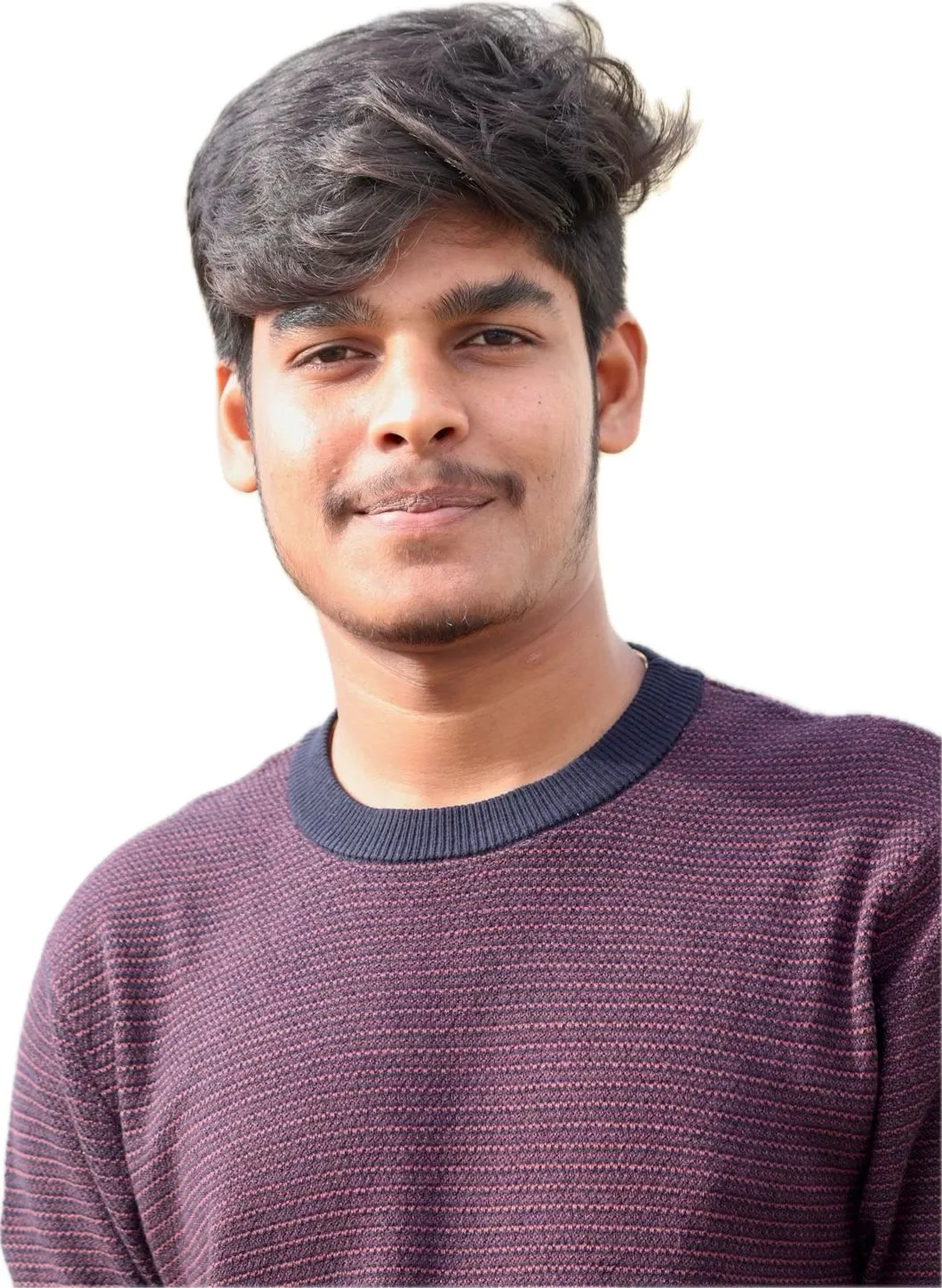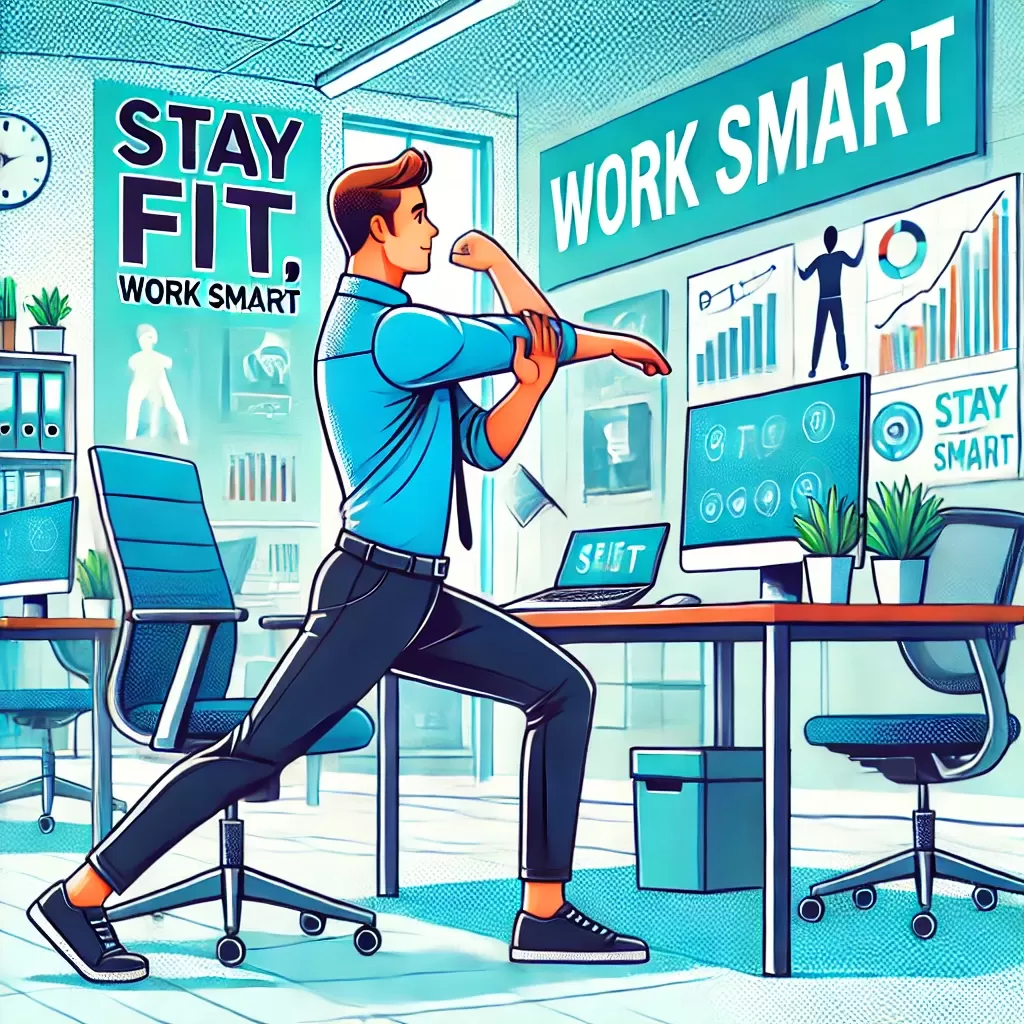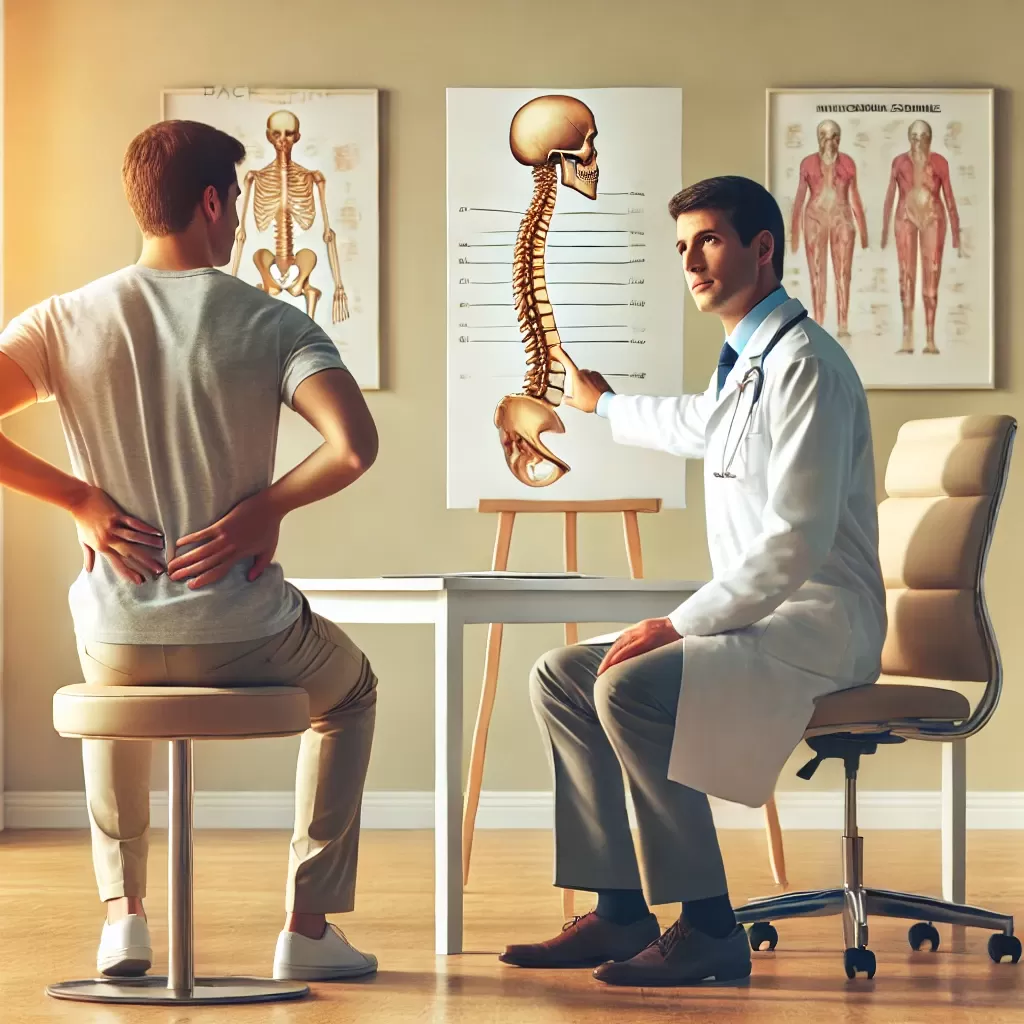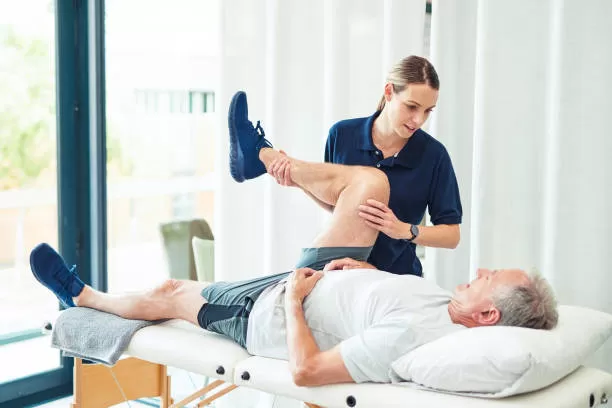Ultimate Guide to Lower Back Pain Relief: Proven Physiotherapy Strategies by Dr. Bhaskar Reddy C

Discover actionable, doctor-approved physiotherapy techniques to alleviate and prevent lower back pain—your step-by-step home and clinic roadmap, courtesy of Bommanahalli’s top physio expert.
The Ultimate Physiotherapy Blueprint for Lower Back Pain Relief
Lower back pain affects up to 80% of adults at some point in their lives. Whether it’s from sitting at a desk, lifting heavy objects, or the natural wear-and-tear of aging, the discomfort can disrupt work, sleep, and daily activities. Fortunately, Dr. Bhaskar Reddy C, leading physiotherapist in Bommanahalli, Bengaluru, offers a comprehensive approach—combining clinic-grade treatments with easy home routines—to help you conquer back pain for good.
1. Understanding the Root Causes of Lower Back Pain
Before diving into treatments, it’s vital to pinpoint why your back hurts:
-
Muscle Strain & Ligament Sprain: Sudden movements or improper lifting can overstretch muscles.
-
Disc Degeneration: Age-related wear causes cushioning discs to crack or herniate.
-
Postural Imbalances: Prolonged slouching increases stress on spinal structures.
-
Sedentary Lifestyle: Weak core muscles fail to support the spine under load.
Insight: A tailored assessment by Dr. Bhaskar uses orthopedic tests, postural analysis, and range-of-motion measurements to identify your specific pain drivers.
2. In-Clinic Shockwave Therapy for Deep Tissue Healing
What Is Shockwave Therapy?
A non-invasive treatment that sends acoustic waves into the affected area, stimulating:
-
Neovascularization: New blood vessel growth for nutrient delivery.
-
Collagen Remodeling: Accelerated repair of damaged fibers.
-
Pain Mediator Reduction: Natural endorphin release and decreased inflammatory markers.
Protocol:
-
3–5 weekly sessions (5–10 minutes each)
-
No downtime—resume work or routine immediately
Clinical Outcome: Over 75% of patients report ≥60% pain reduction within two weeks of Shockwave Therapy.
3. Interferential Current Therapy (IFT) to Block Pain Signals
IFT applies medium-frequency electrical currents through two pairs of electrodes, creating an interference pattern at the pain site:
-
Gate Control Theory Activation: Masks pain by saturating nerve pathways.
-
Improved Circulation: Speeds removal of metabolic wastes.
Home-vs-Clinic: While the clinic uses high-powered devices, portable IFT units are available for home use under guidance—perfect for maintaining progress between visits.
4. Core-Stabilization Exercises: Foundation of Long-Term Relief
A strong core acts like a natural corset for your spine. Dr. Bhaskar’s top five beginner-to-advanced moves include:
| Exercise | Muscles Targeted | Reps/Sets |
|---|---|---|
| Pelvic Tilts | Lower abdominals, glutes | 15 reps, 3 sets |
| Bird-Dog | Erector spinae, core | 12 reps each side |
| Side Plank | Obliques, glutes | 30–45 sec each side |
| Dead Bug | Transversus abdominis | 10 reps each side |
| Swiss-Ball Back Extensions | Lower back, hamstrings | 12 reps, 3 sets |
Tip: Perform these exercises on a firm surface, focusing on quality of movement and controlled breathing.
5. Postural Correction & Ergonomic Mastery
At Your Desk:
-
Chair Height: Feet flat, knees at 90°.
-
Lumbar Support: Use a small cushion or ergonomic chair.
-
Screen Position: Top of monitor at eye level.
On the Move:
-
Lift Safely: Hinge at hips, keep the load close to your body.
-
Micro-breaks: Every 30 minutes, stand and stretch for 2–3 minutes.
Benefits:
-
Reduces disc pressure by up to 40%.
-
Prevents recurrence of pain by ingraining healthy alignment habits.
6. Personalized Home Exercise Program & Tele-Physio Support
Dr. Bhaskar designs custom routines—with video demos and progress check-ins via WhatsApp or video call—to ensure you never plateau:
-
Week 1–2: Mobility drills and gentle core activation.
-
Week 3–4: Add resistance bands for progressive strengthening.
-
Ongoing: Maintenance plan tailored to lifestyle and work demands.
Why Tele-Physio? Stay on track without commuting—ideal for busy professionals.
7. When to Consider Advanced Interventions
If pain persists beyond six weeks despite conservative care, Dr. Bhaskar evaluates for:
-
Spinal Decompression Therapy: Non-surgical traction to reduce disc herniation.
-
Dry Needling: Targeted release of myofascial trigger points.
-
Manual Therapy: Joint mobilization and soft-tissue massage.
Each modality is integrated into your plan only when clinically indicated, ensuring safety and cost-effectiveness.
8. Real Patient Success Stories
Anoop P., 42 (Software Engineer)
“After months of sitting, my back was unbearable. The shockwave sessions plus core-stability plan transformed my life—I’m pain-free at my desk now.”
Rita S., 29 (Teacher)
“The tele-physio check-ins kept me accountable. I recovered from a slipped disc without surgery.”
9. Frequently Asked Questions
Q1: How soon will I feel better?
A: Acute cases often see 30–50% relief within 2–3 sessions; chronic conditions may require 6–8 weeks of combined therapy.
Q2: Is physiotherapy covered by insurance?
A: Yes, we process all major provider claims—confirm your plan details with our front desk.
Q3: Can I exercise on therapy days?
A: Light movements are encouraged; avoid heavy lifting or high-impact activities until cleared.
10. Take Action: Book Your Assessment Today!
Don’t let lower back pain dictate your life. With Dr. Bhaskar Reddy C’s expert physiotherapy roadmap—ranging from Shockwave Therapy to core-stability mastery—you’ll reclaim freedom of movement and enjoy lasting relief.
Share this guide with anyone you know who’s struggling with back pain, and let’s make Bengaluru a stronger, healthier community!



